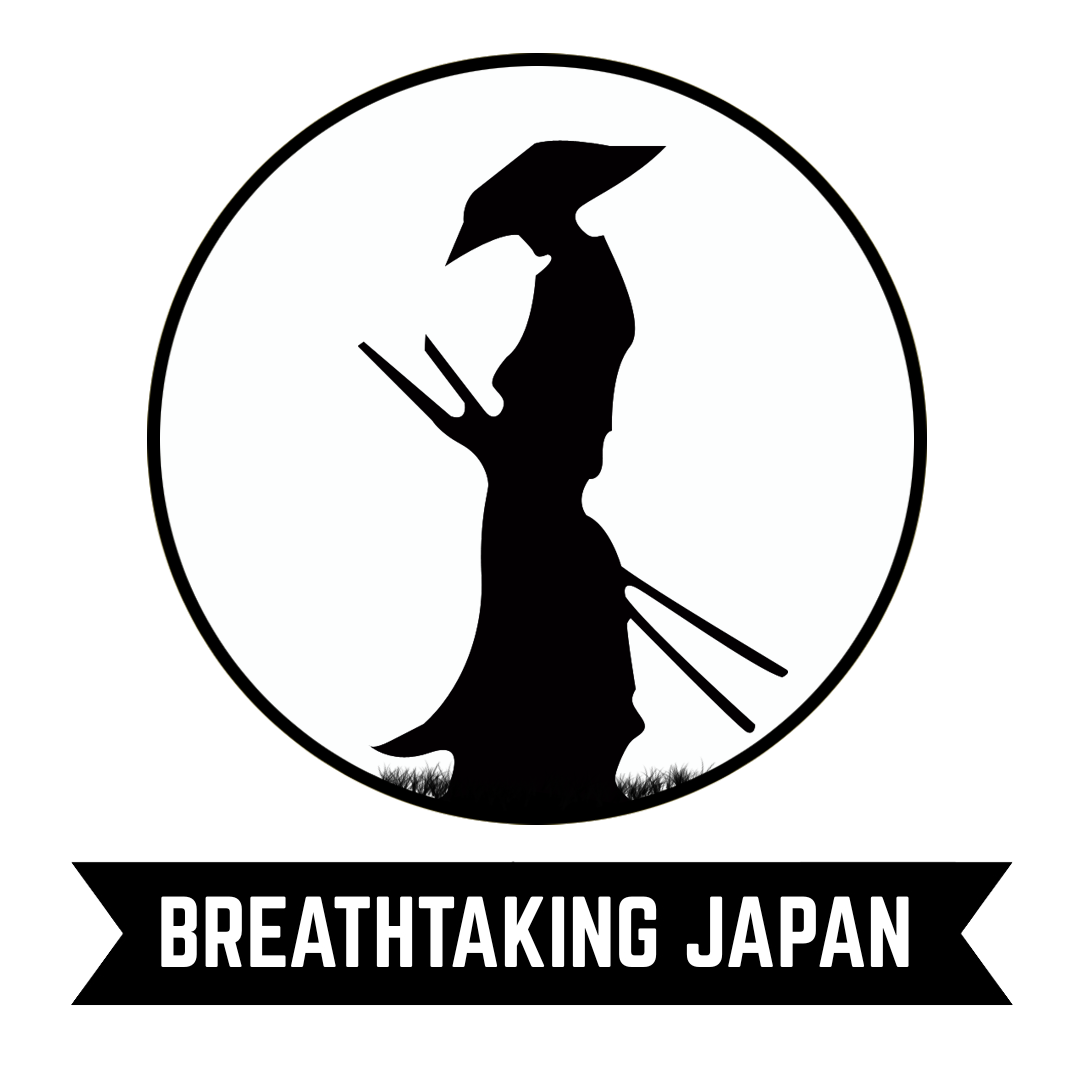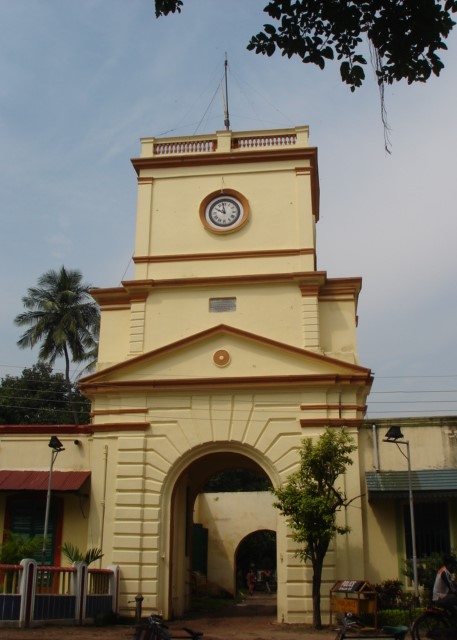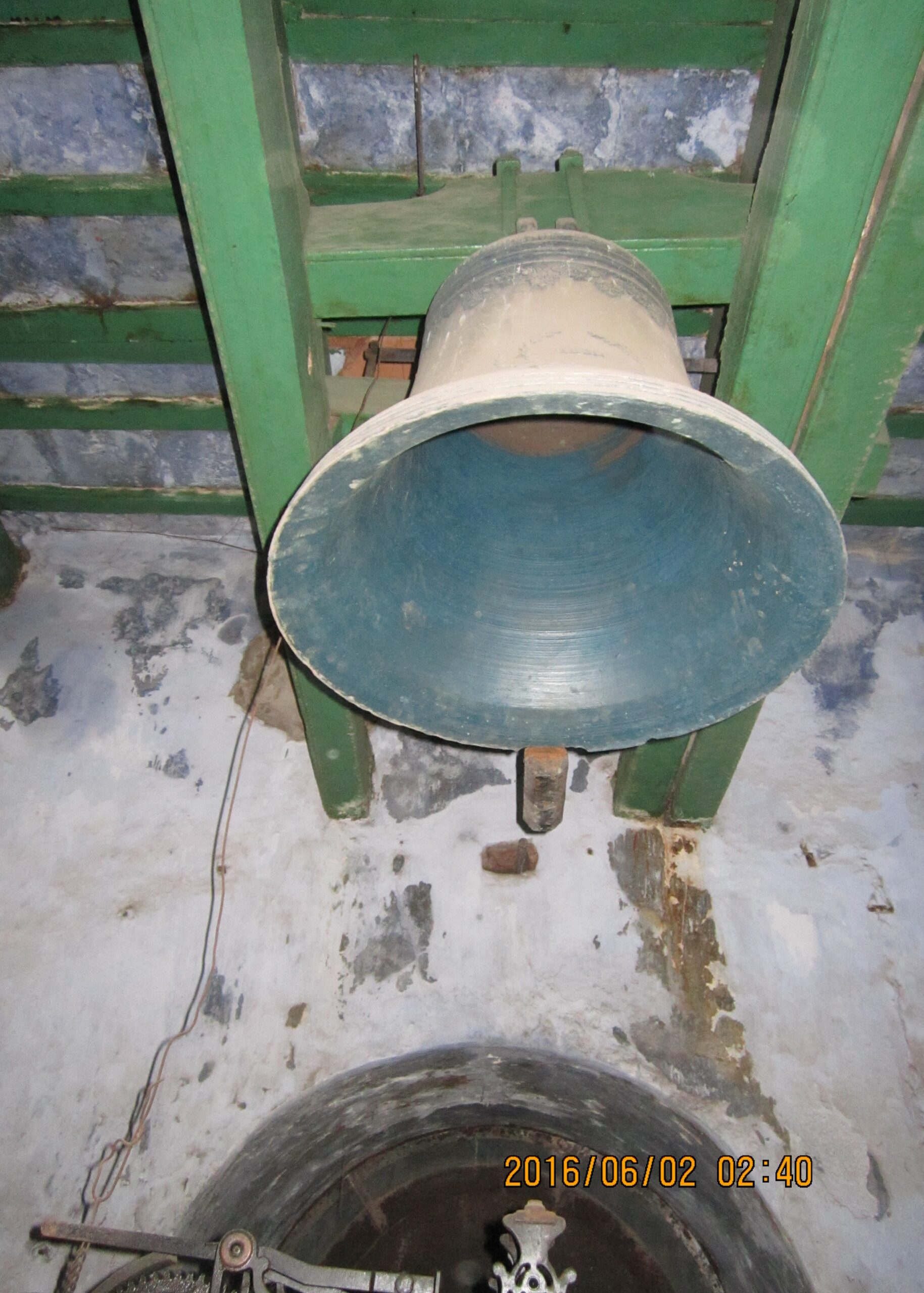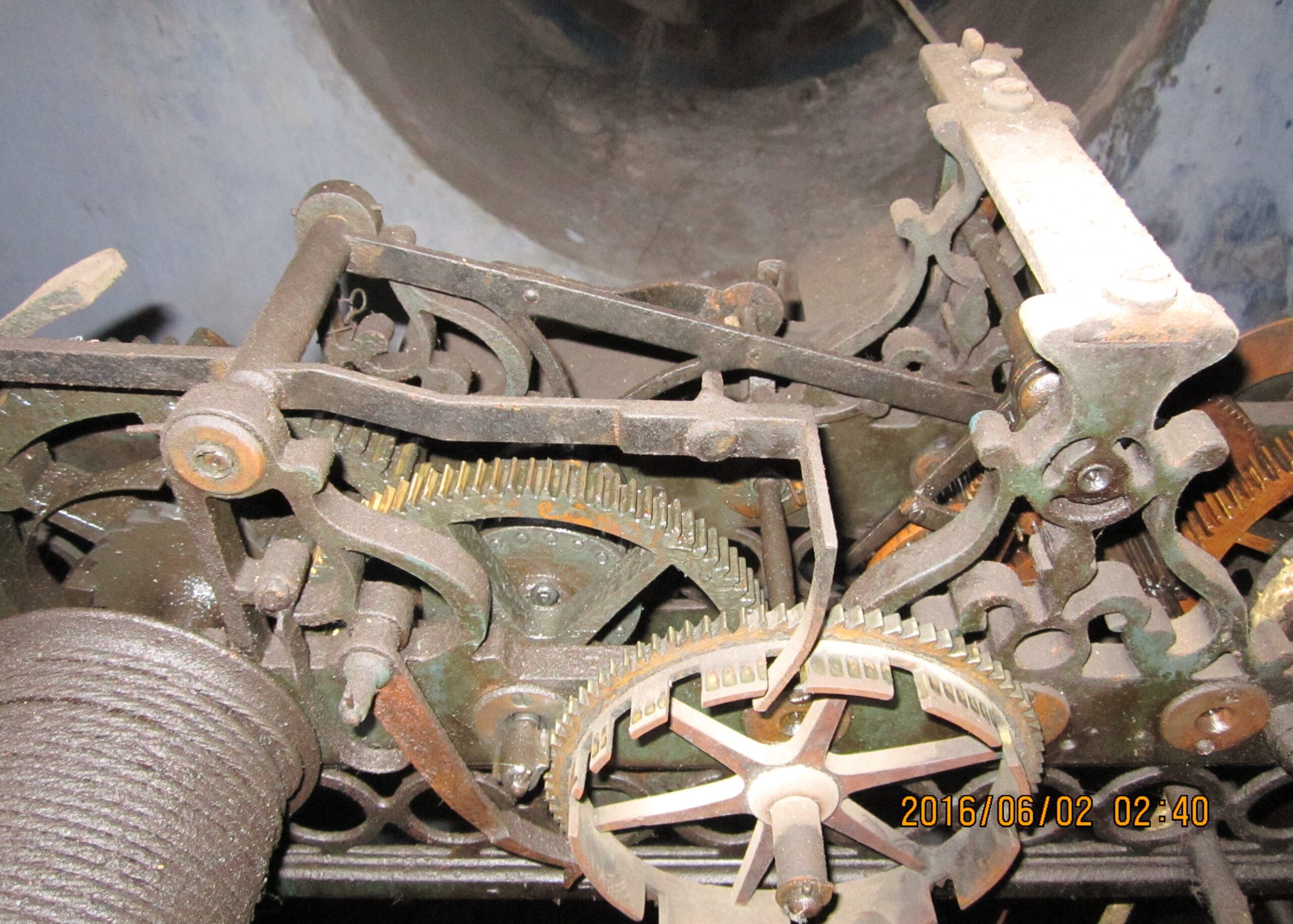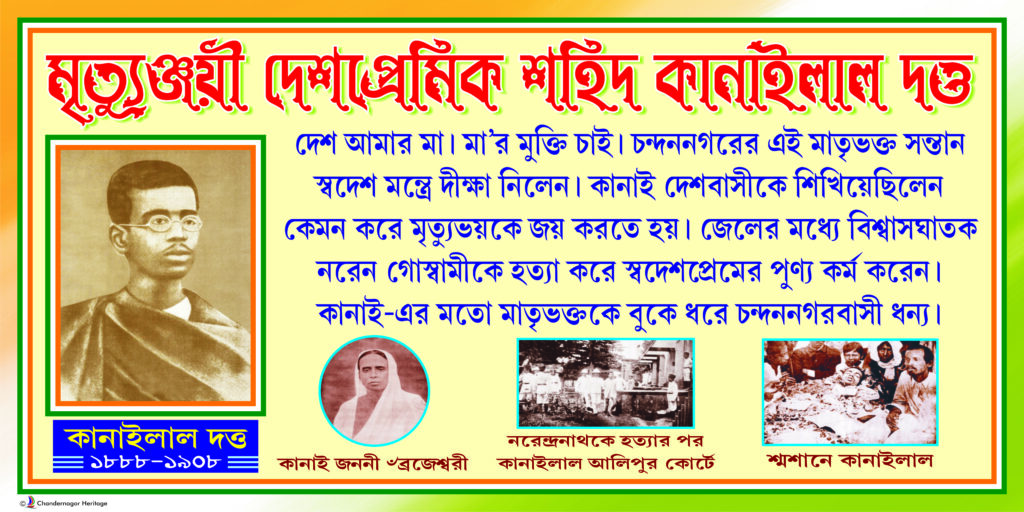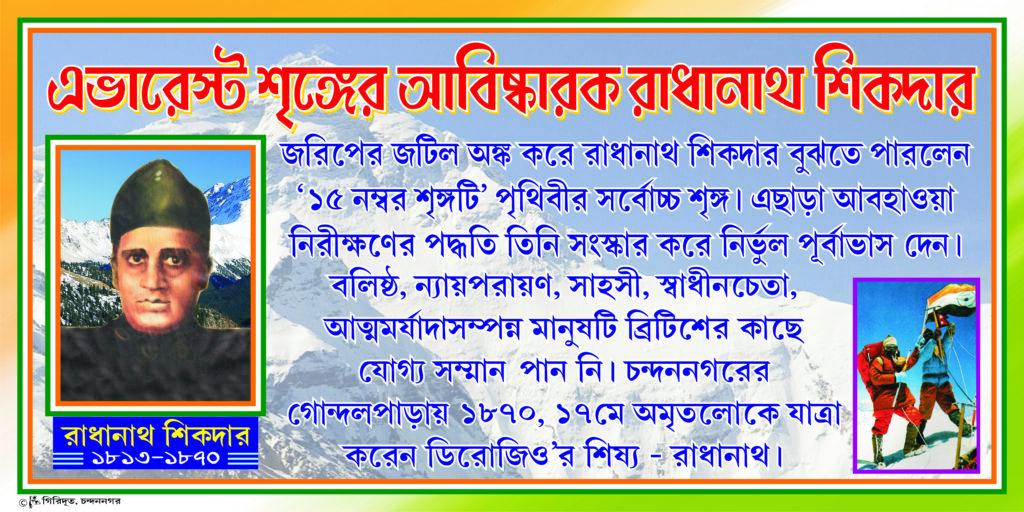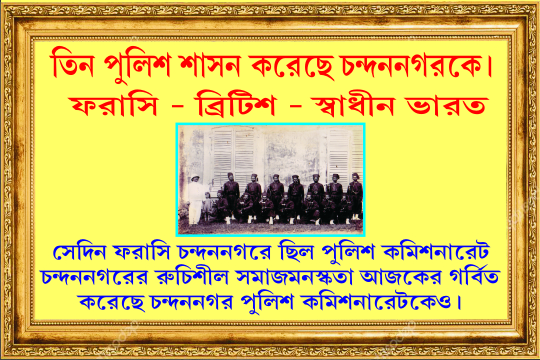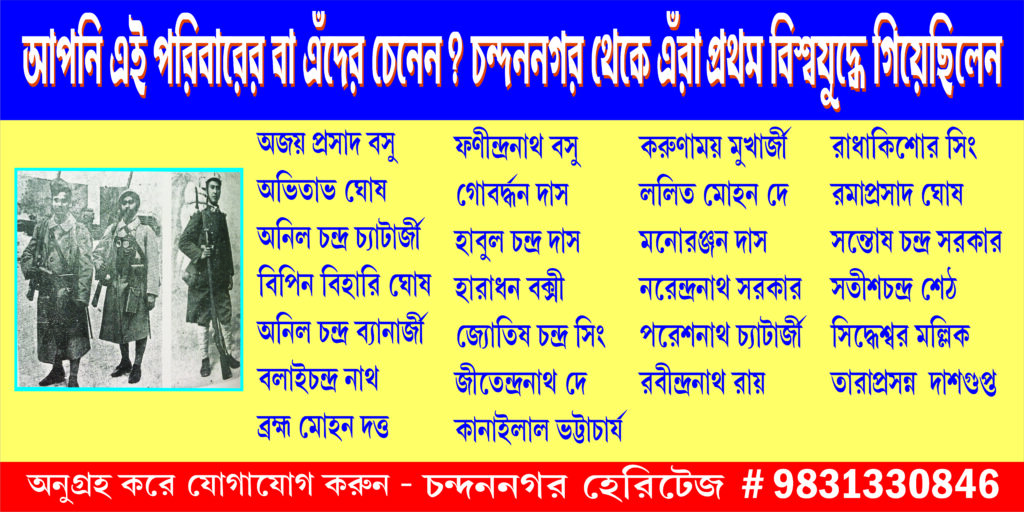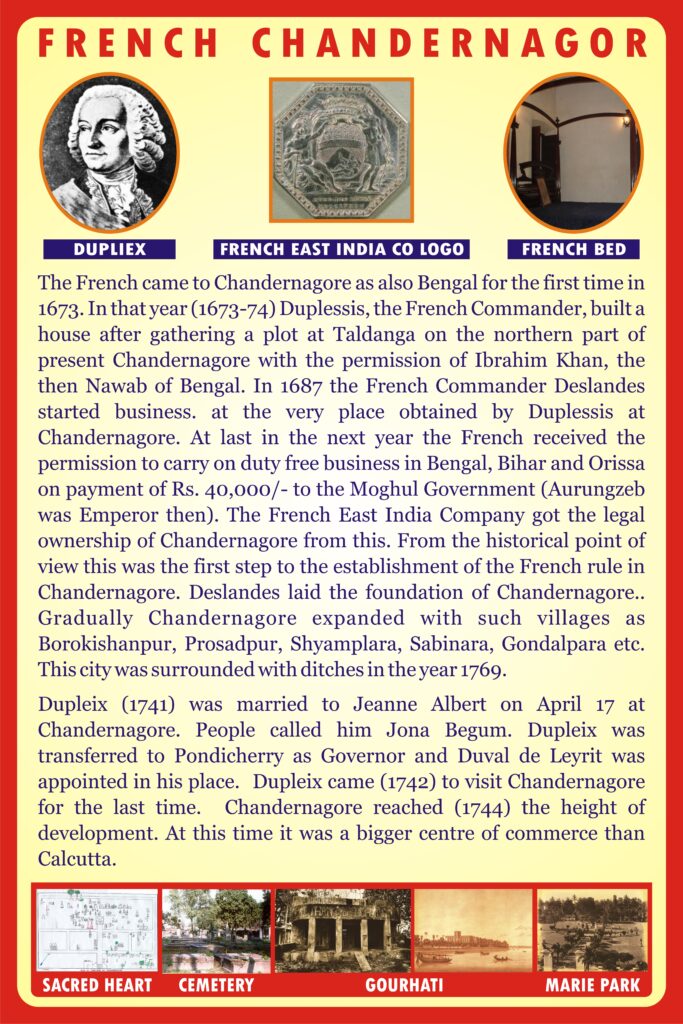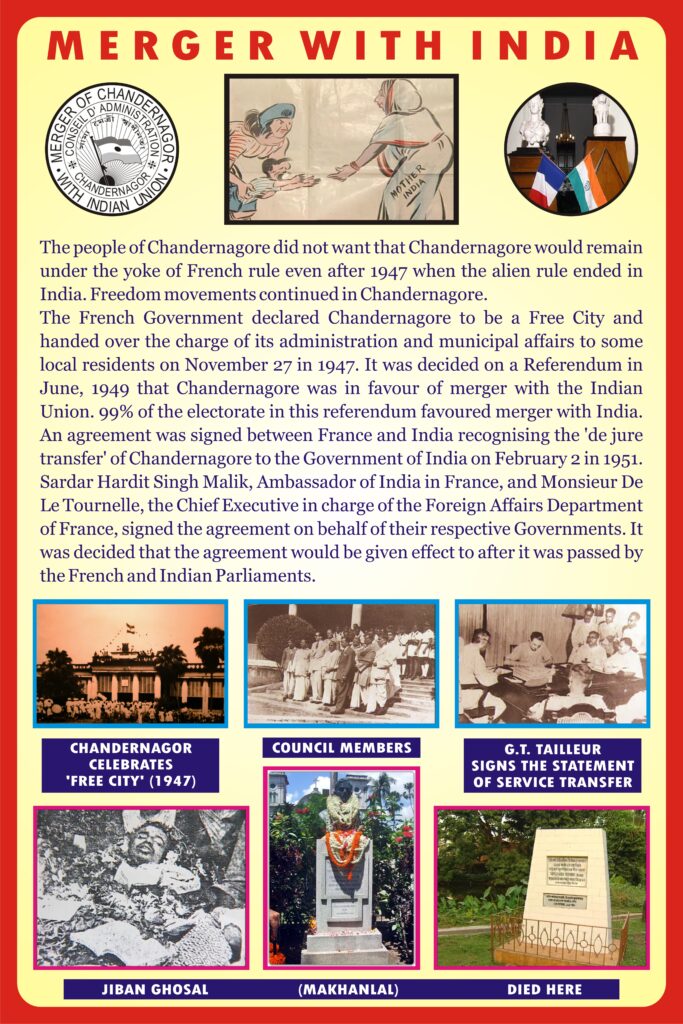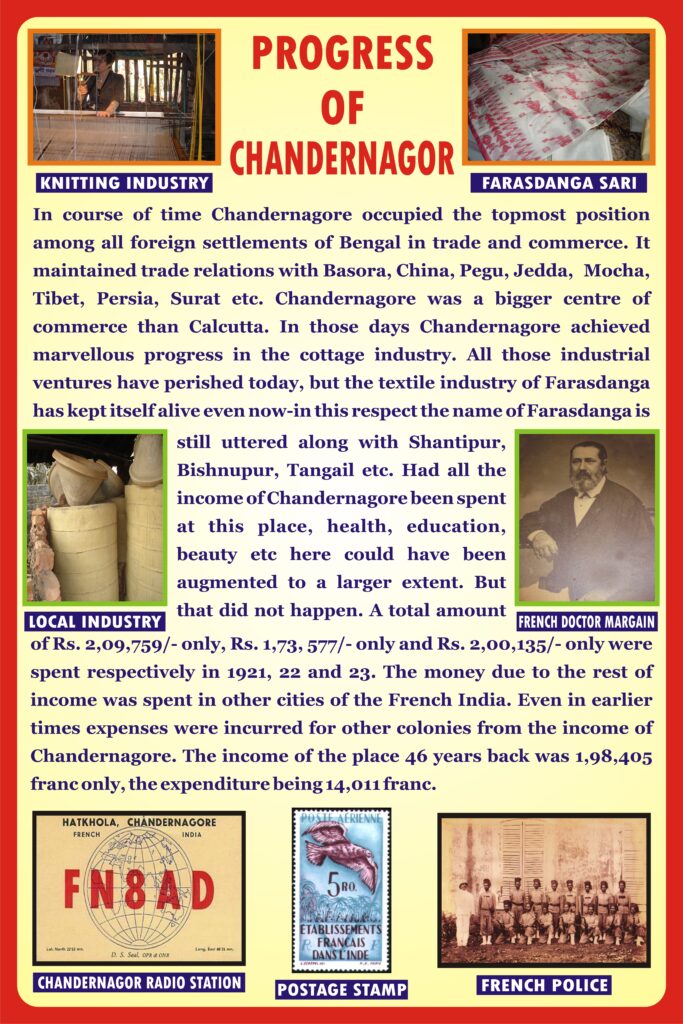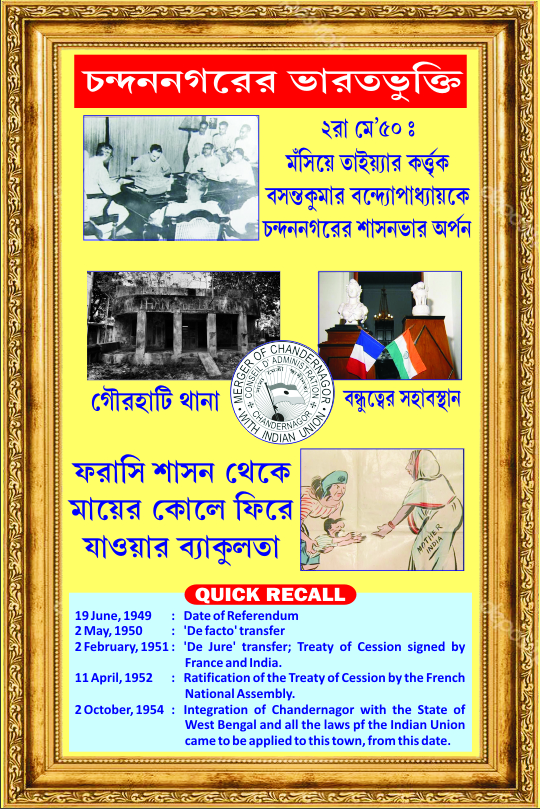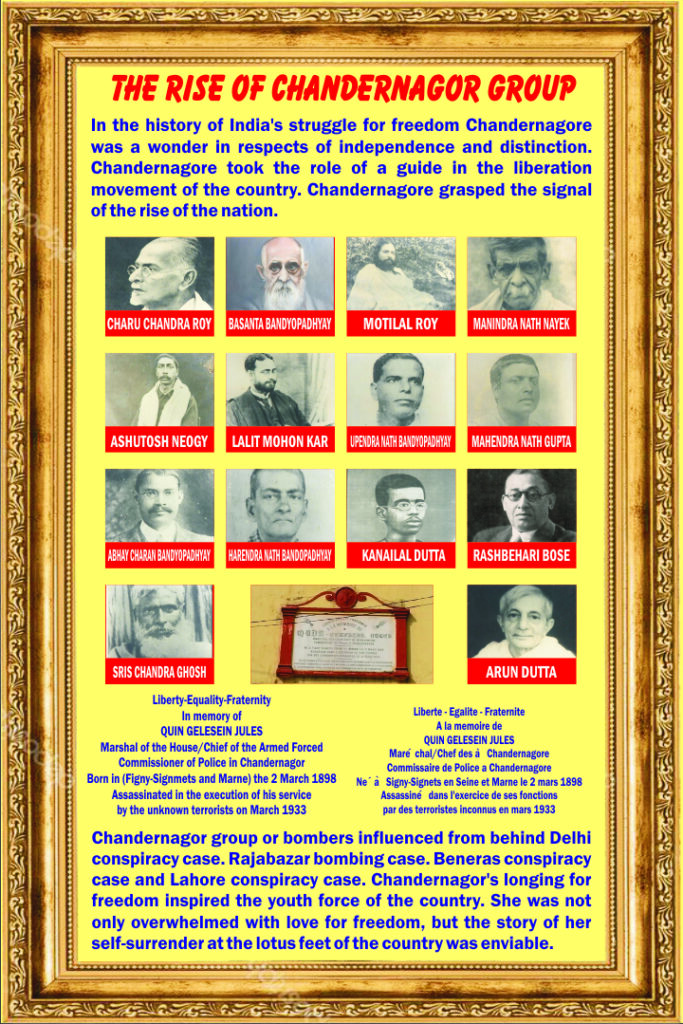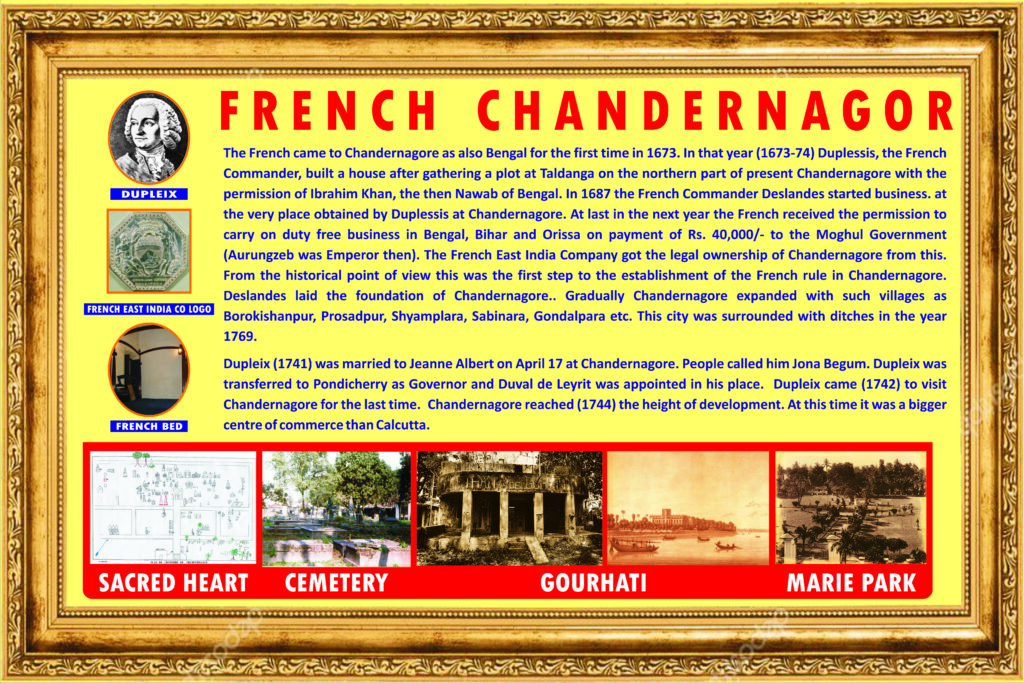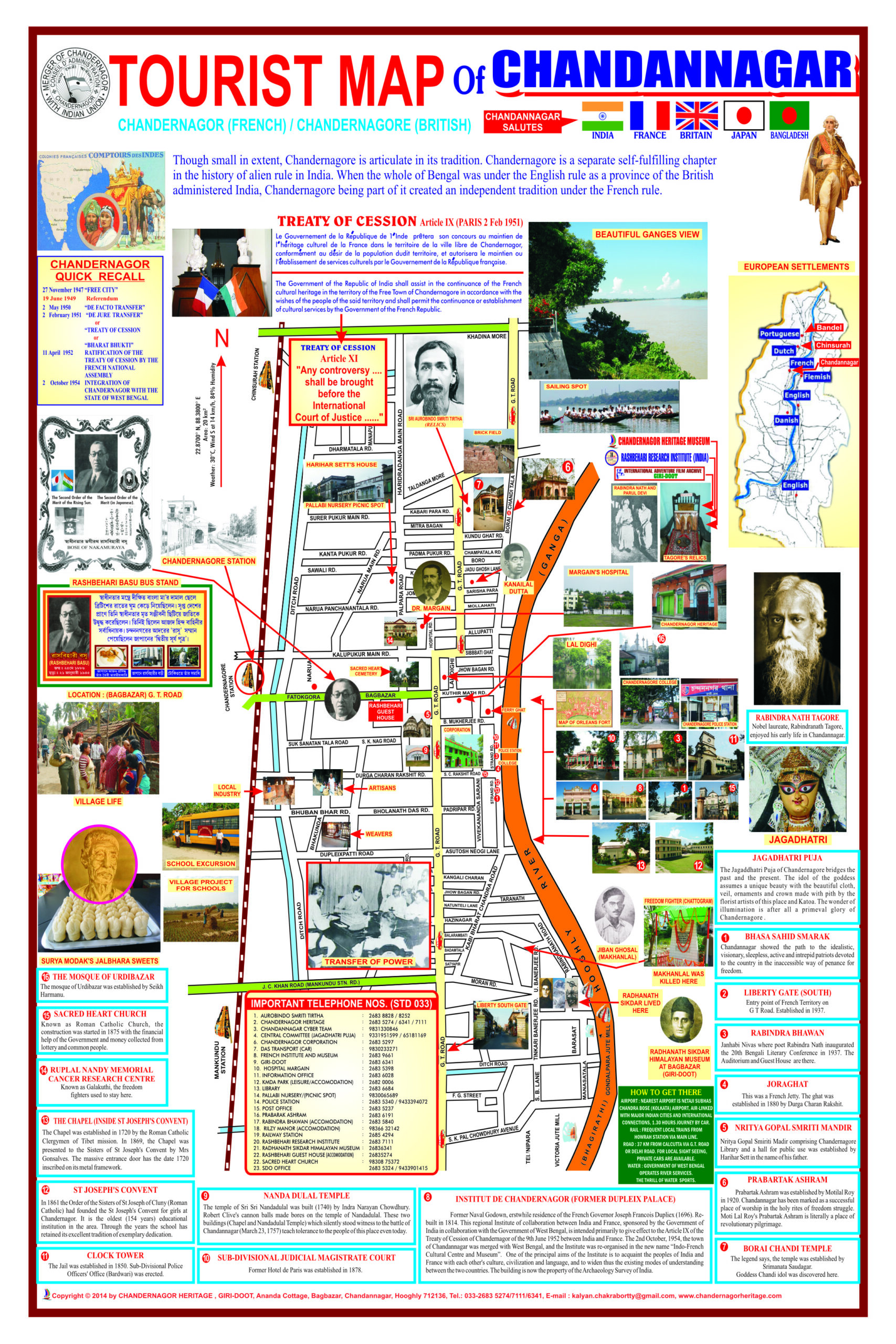Discover Chandannagar
Historic Chandannagar
As per TREATY OF CESSION – Article 9 -” The Government of the Republic of India shall assist in the continuance of the French cultural heritage in the territory of the Free Town of Chandernagor in accordance with the wishes of the people of the said territory and shall permit the continuance or establishment of cultural services by the Government of the French Republic.”
New cultural exchange programmes aim to raise Chandannagar’s image, to promote awareness of Chandannagar’s culture. It is hoped that the cultural exchange programmes with Britain, France, Japan and Bangladesh will help to strengthen further interest in the cultural and tourism field.
1) Chandannagar (present), Chandernagor (French), Chandernagore (British) name was first found on 21 Nov 1696.
2) Chandernagor was formed like Kolkata – Boro, Khalisani and Gondalpara.
3) 1673 French (Duplessis) arrived in Chandernagor.
4) 1696 French Fort, Fort d’Orleans was constructed.
5) 1698 – Two Jesuit Doctors were appointed.
6) 1753 – “Hopital National” was established. 300 persons were treated per day.
7) 1757 – British-French War took place. Robert Clive and Admiral Watson captured Chandernagor.
8) 1972 – Hopital Margain was formed, 1925 this hospital was renamed “Hopital Colonial’. 165 beds were there.
9) First lady doctor was appointed in the “Sambhuchandra Sevashram”.
10) In 1918 during the disaster in Bengal (Influenza), free treatment was introduced here.
11) Dr. Sambhu Nath Dey’s most famous contribution to the field of medicine was his extensive studies on endotoxins of the cholera bacteria.
Why Chandannagar is regarded as a special tourist spot?
First, Indigo cultivation was started here, Bengal’s first Cloth Mill was established, Tincture Iodine factory was formed, First Bengali Map was drawn here, Bengali book “KRIPER SASTER ORTHOBED” was printed from Lisbon, 20 Bengali soldiers from Chandernagor attended First World War, Jogendra Nath Sen died during the French War Front. Chandannagar’s pride Rash Behari Bose formed Azad Hind Fauj. The freedom fighters used to get shelter in Chandernagor.
Quick Recall:
19 June – Date of Referendum, 2 May 1950- “De facto Transfer”, 2 Feb 1951- “De Jure Transfer” [Treaty of Cession signed], 11 April 1952 – Ratification of the Treaty of Cession by the French National Assembly, 2 October 1954 – Integration of Chandernagor with the State of West Bengal.
A Script From History
 Sierra Exif JPEG
Sierra Exif JPEG
 3
3
 10
10
 4
4
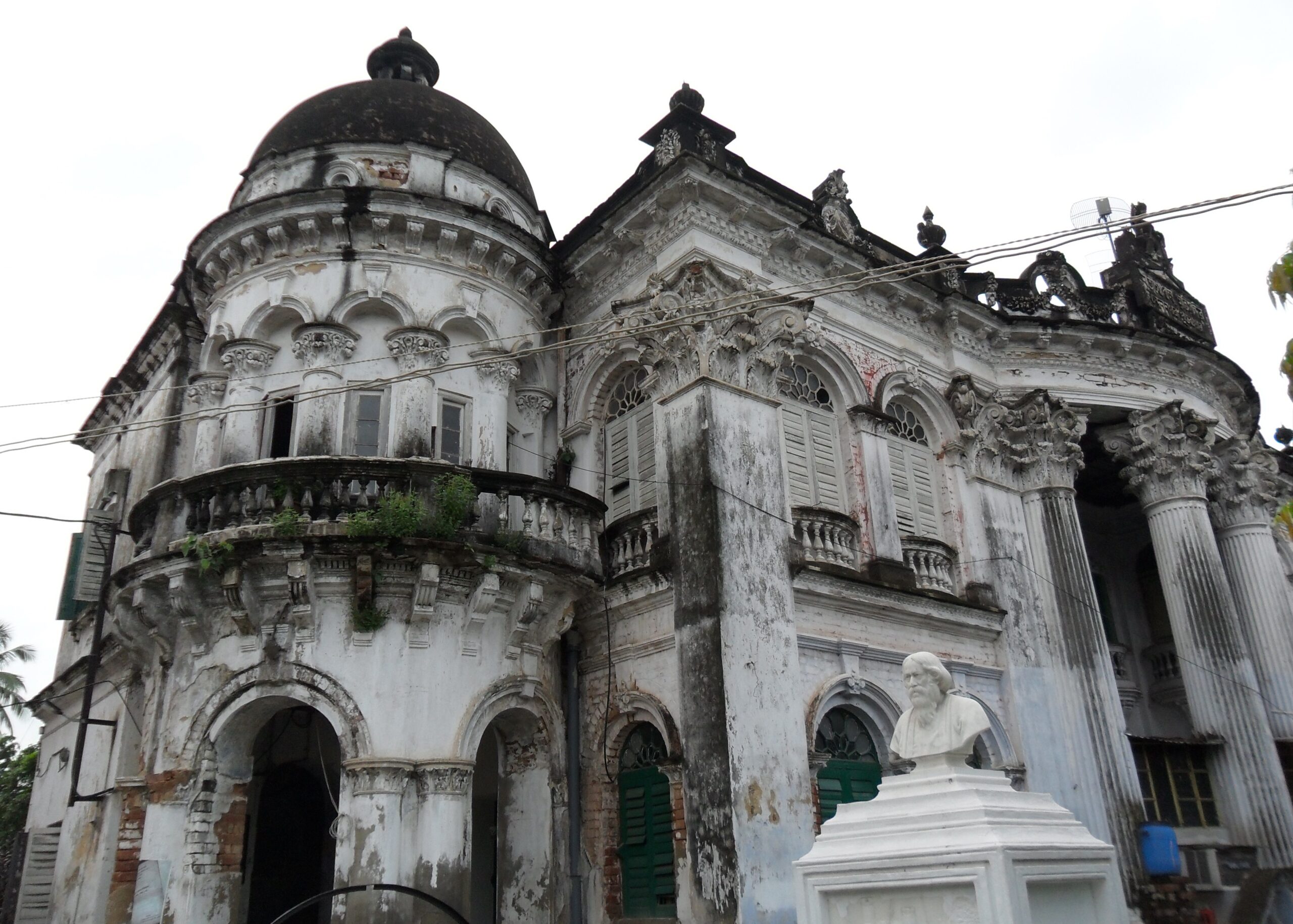 Nritya Gopal
Nritya Gopal
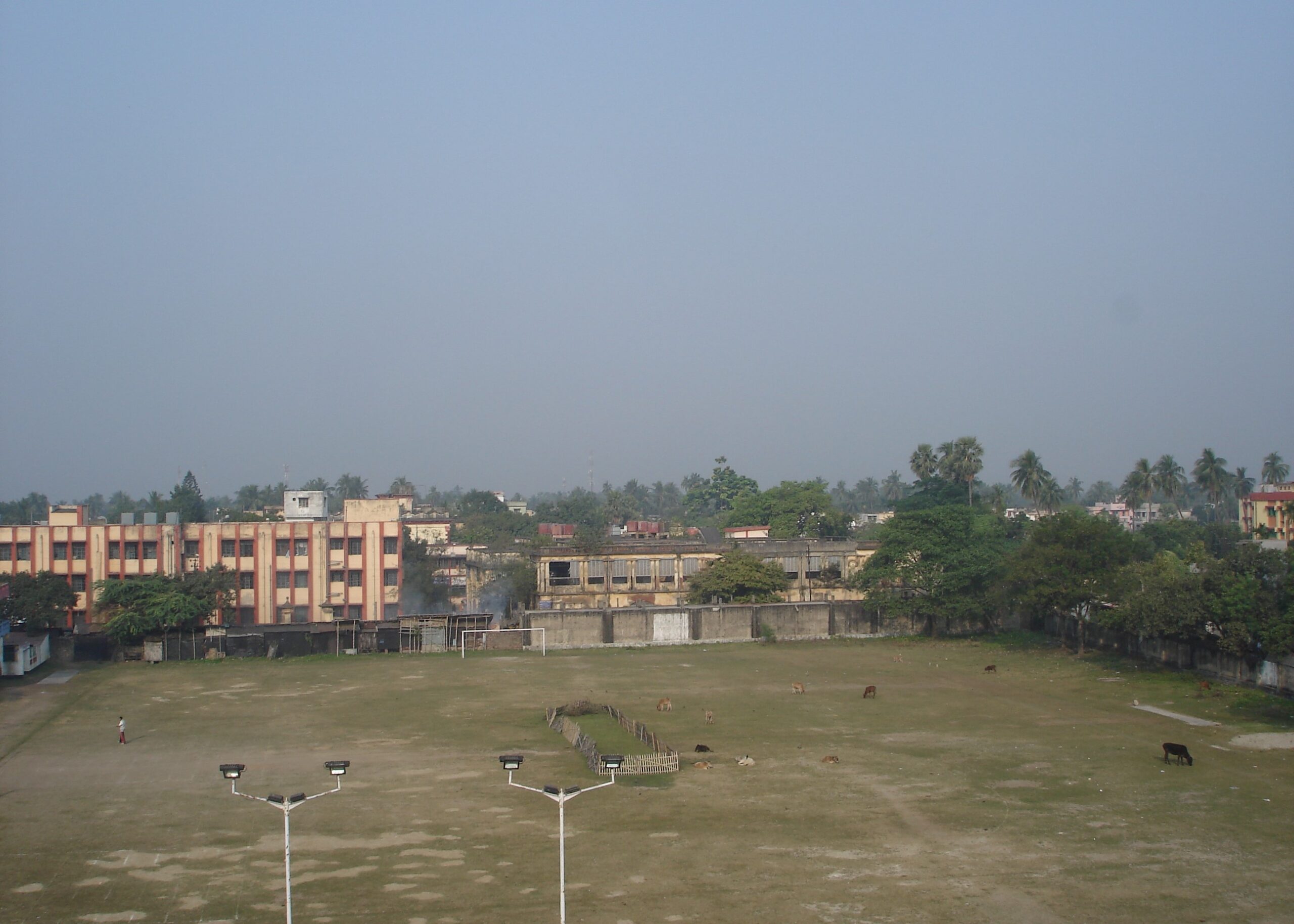 MAP PICTURES FINAL 001
MAP PICTURES FINAL 001
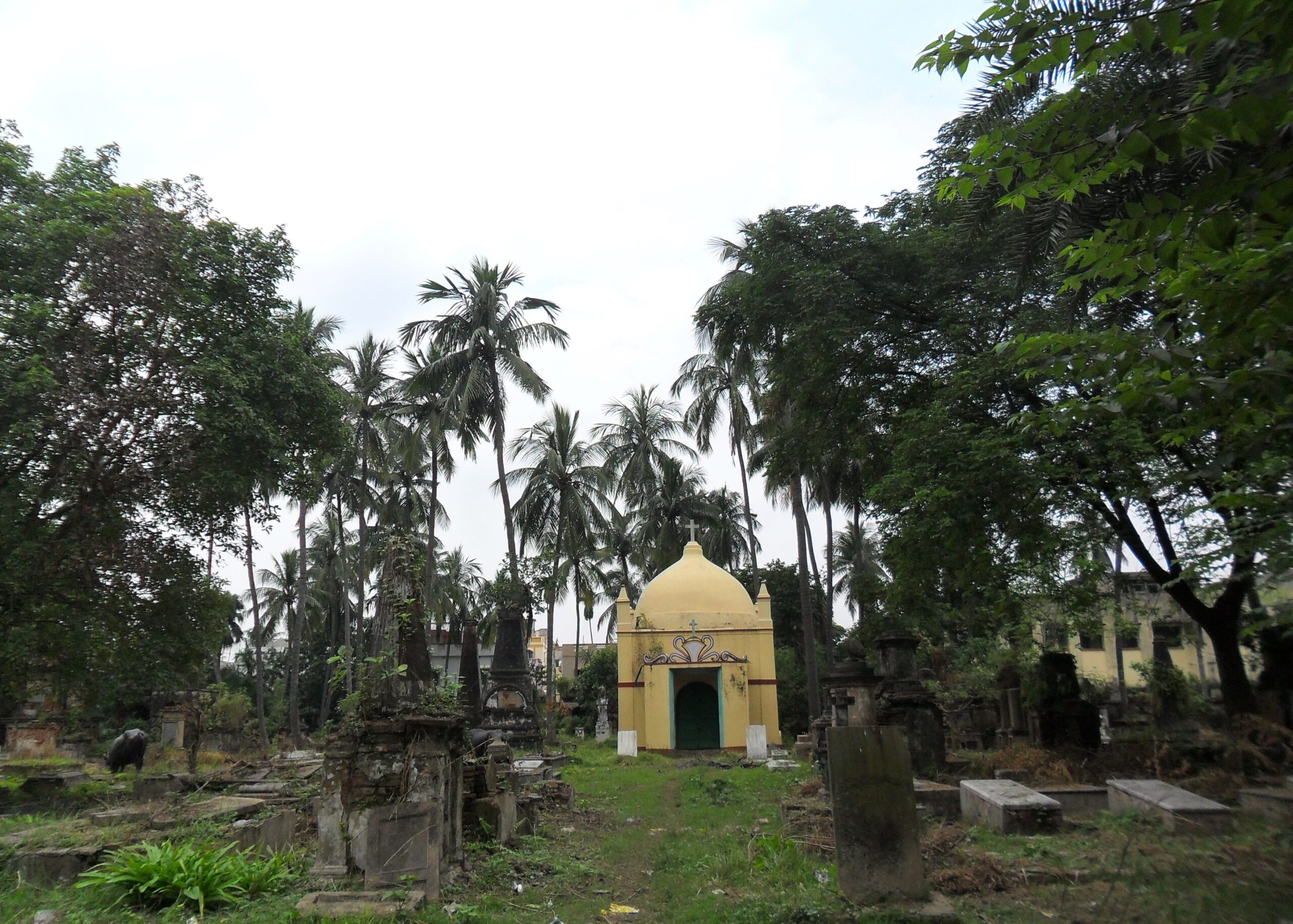 SACRED HEART CEMETERY [DUPLESIS’S GRAVE AND RADHANATH SIKDAR GRAVE]
SACRED HEART CEMETERY [DUPLESIS’S GRAVE AND RADHANATH SIKDAR GRAVE]
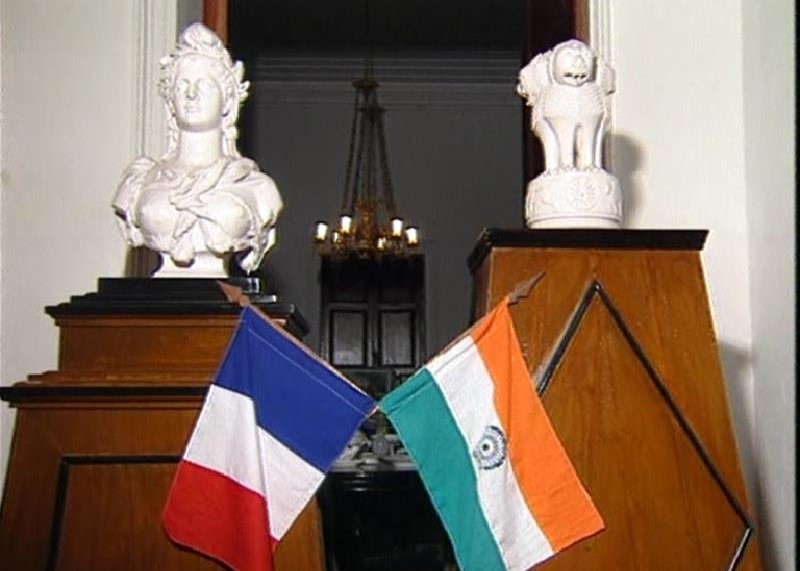 INDO-FRENCH TREATY
INDO-FRENCH TREATY
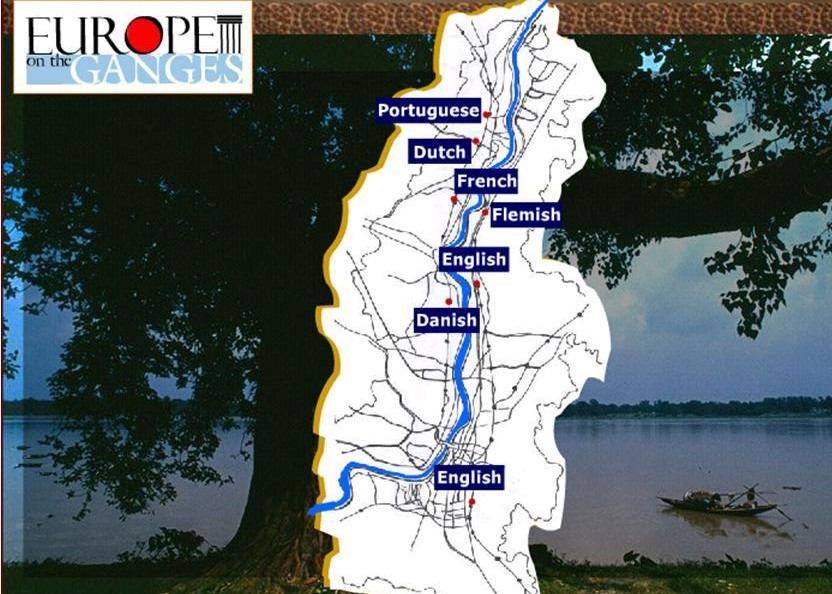 MAP
MAP
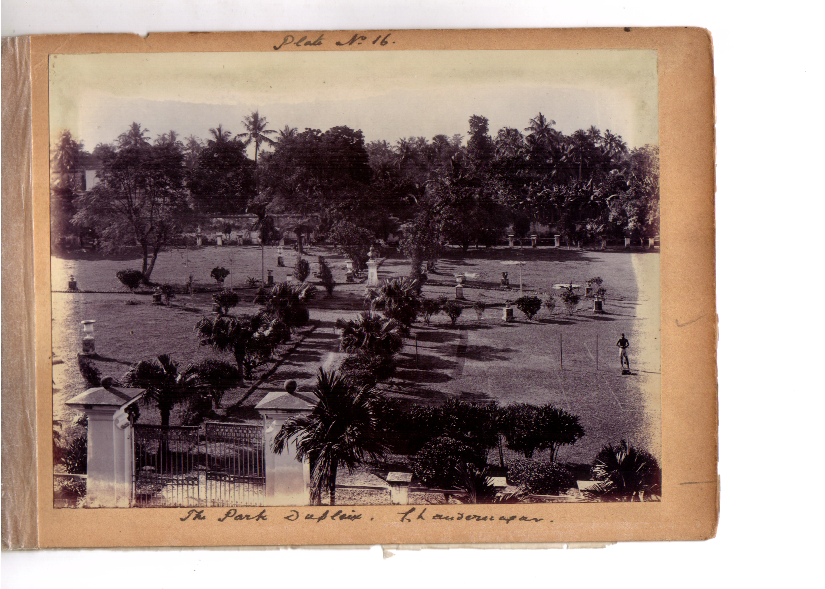 MAIRIE PARK [FORMER PARK DE DUPLIEX]
MAIRIE PARK [FORMER PARK DE DUPLIEX]
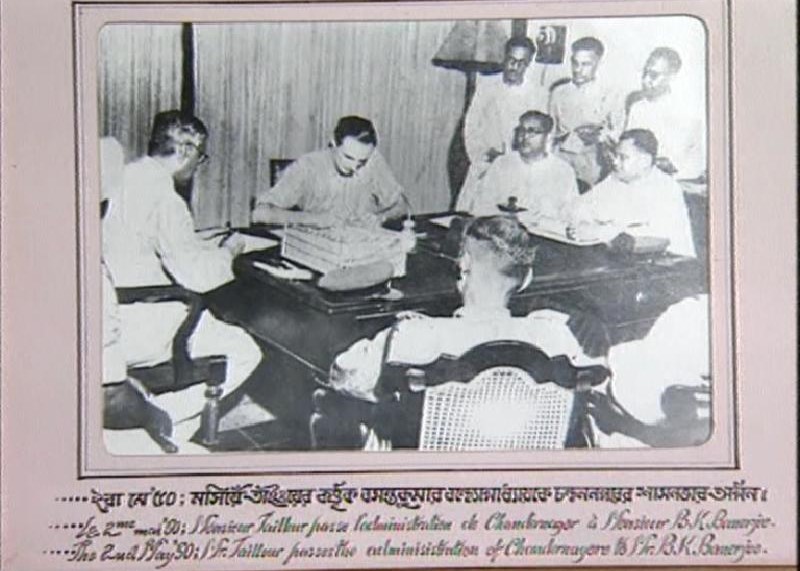 Tailleur Georges signs the Treaty
Tailleur Georges signs the Treaty
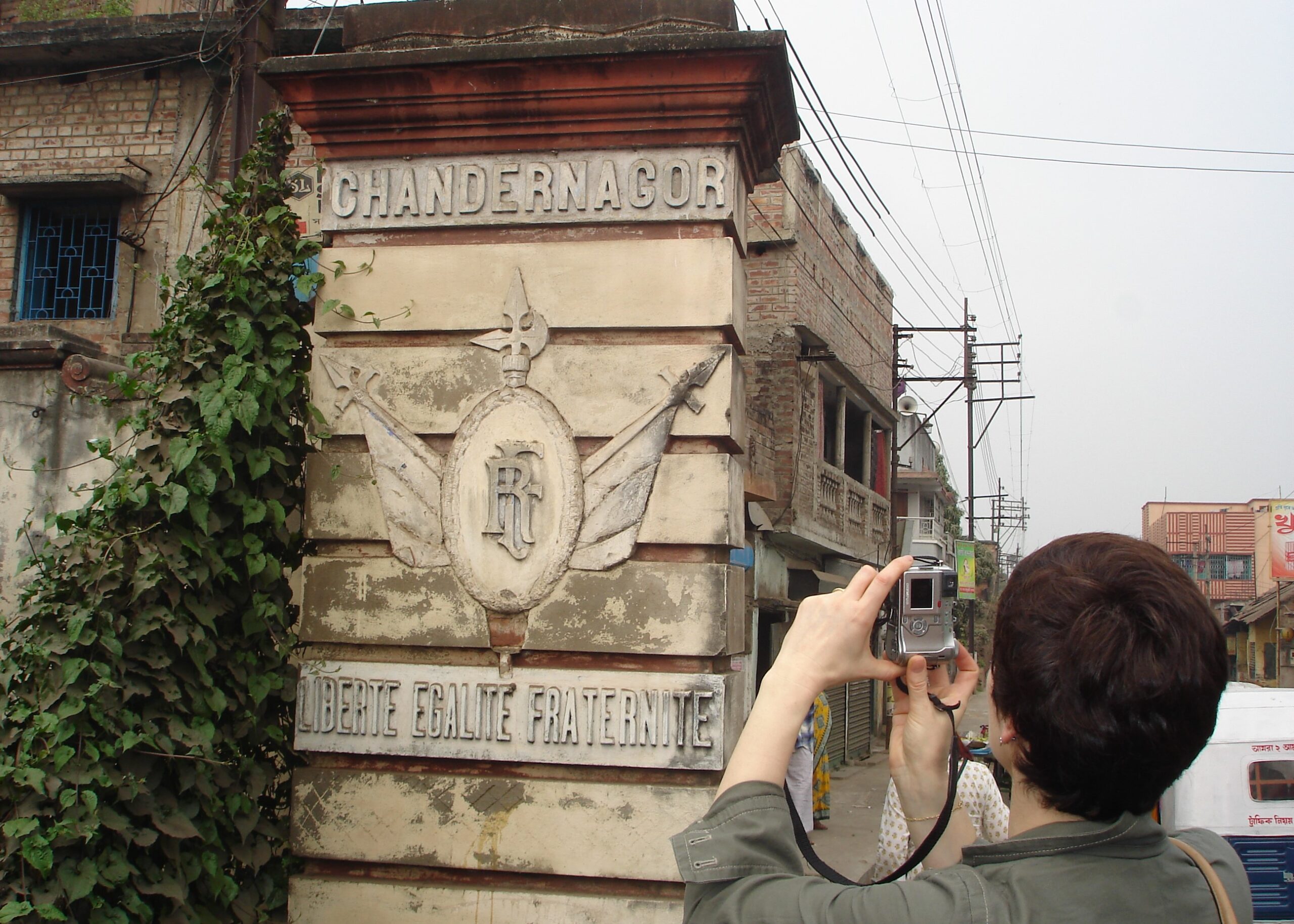 MERGER PRESS 010
MERGER PRESS 010
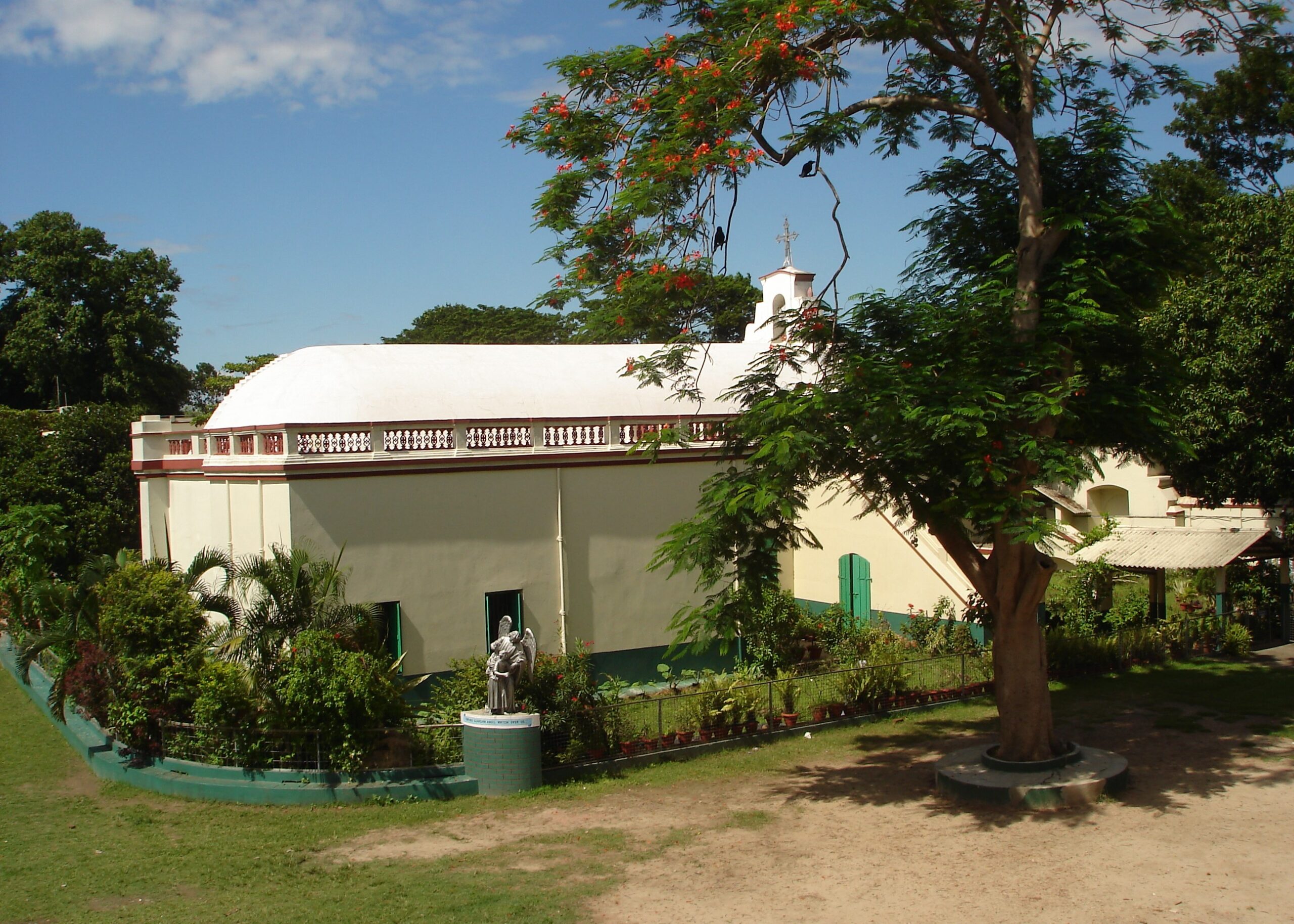 MERGER PRESS 004
MERGER PRESS 004
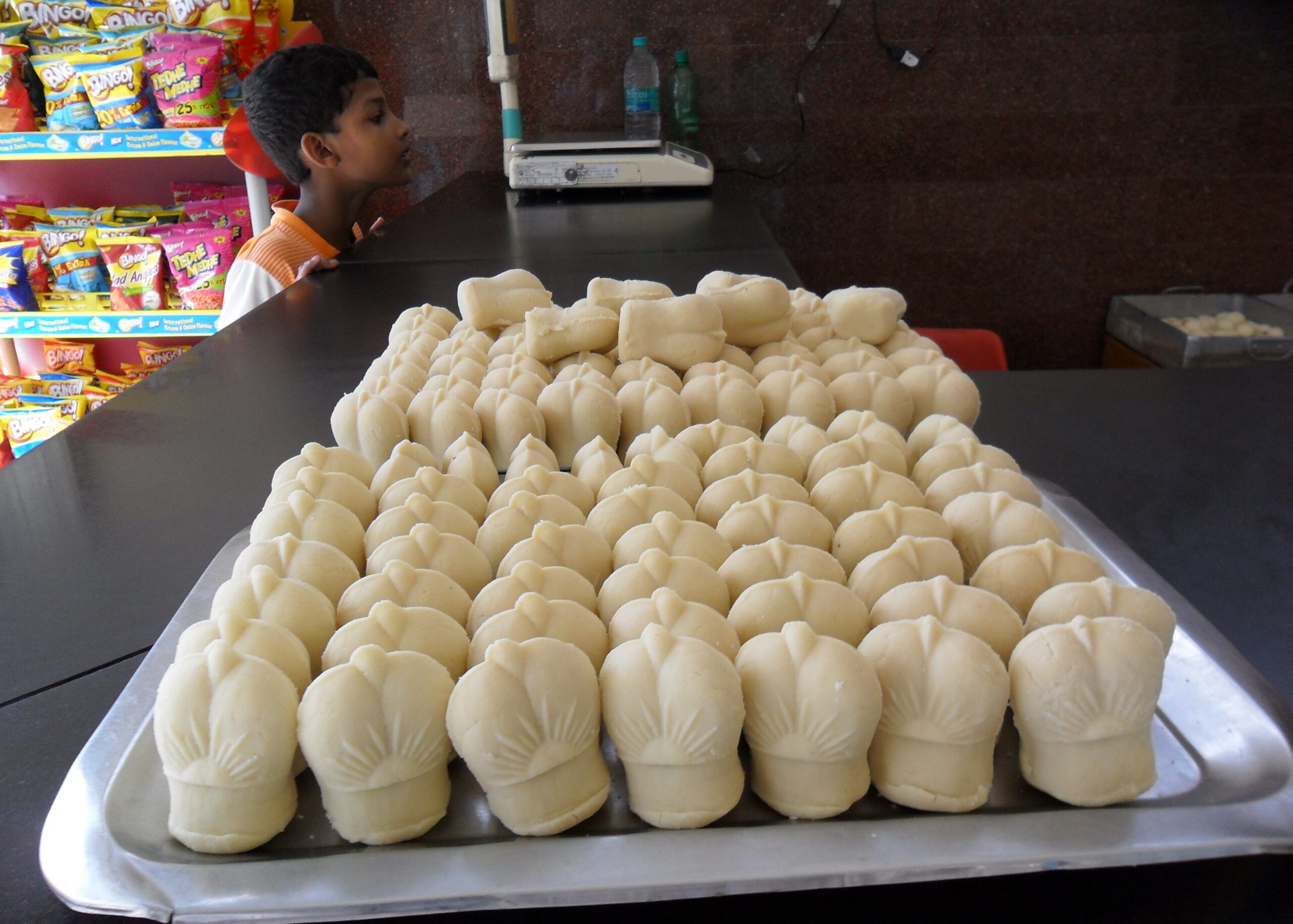 MAP PICTURES FINAL 022
MAP PICTURES FINAL 022
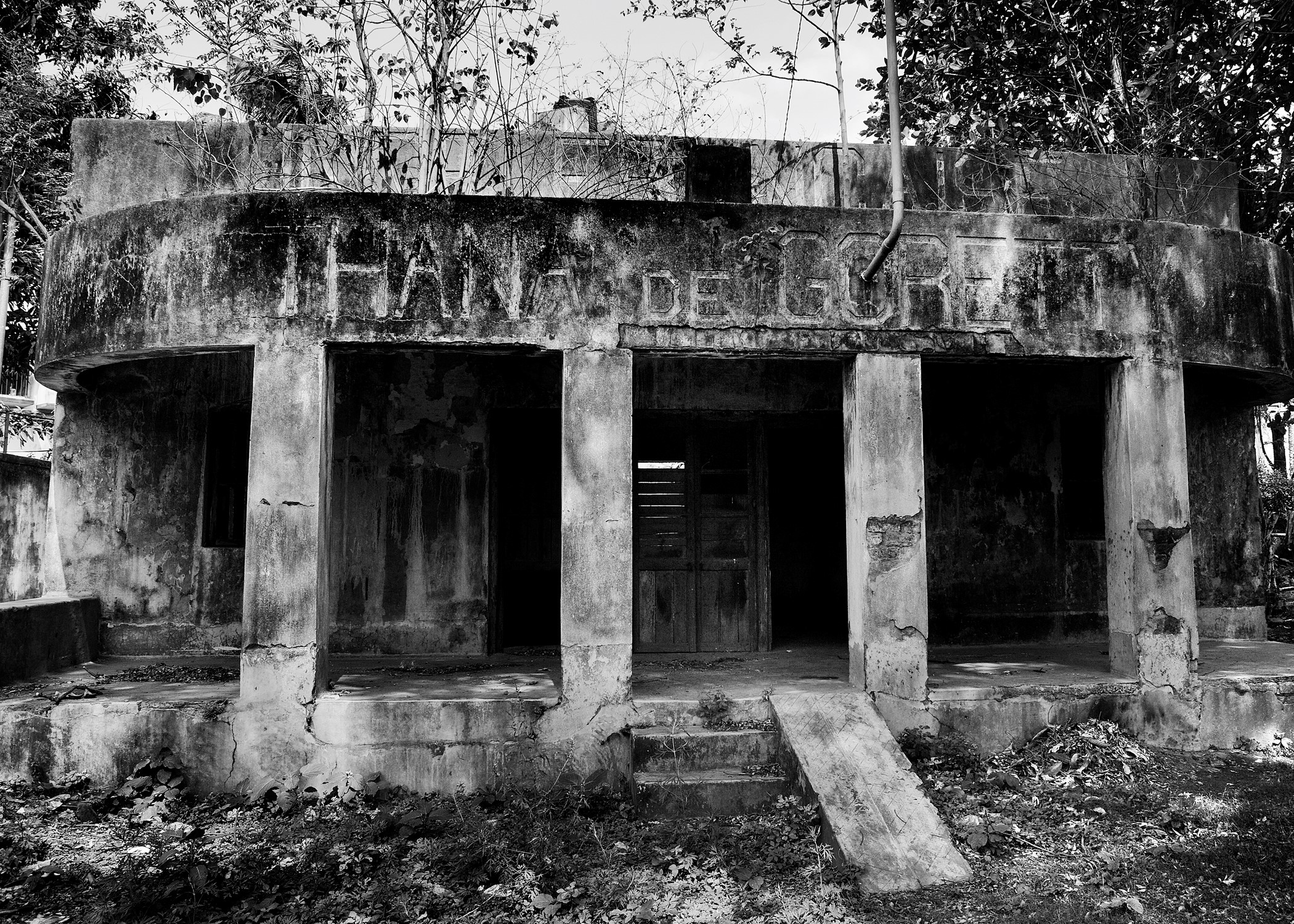 THANA DE GORETTY2
THANA DE GORETTY2
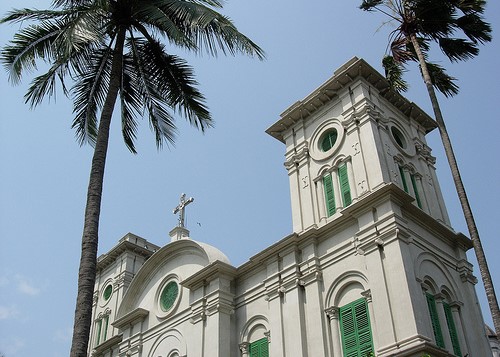 Church
Church
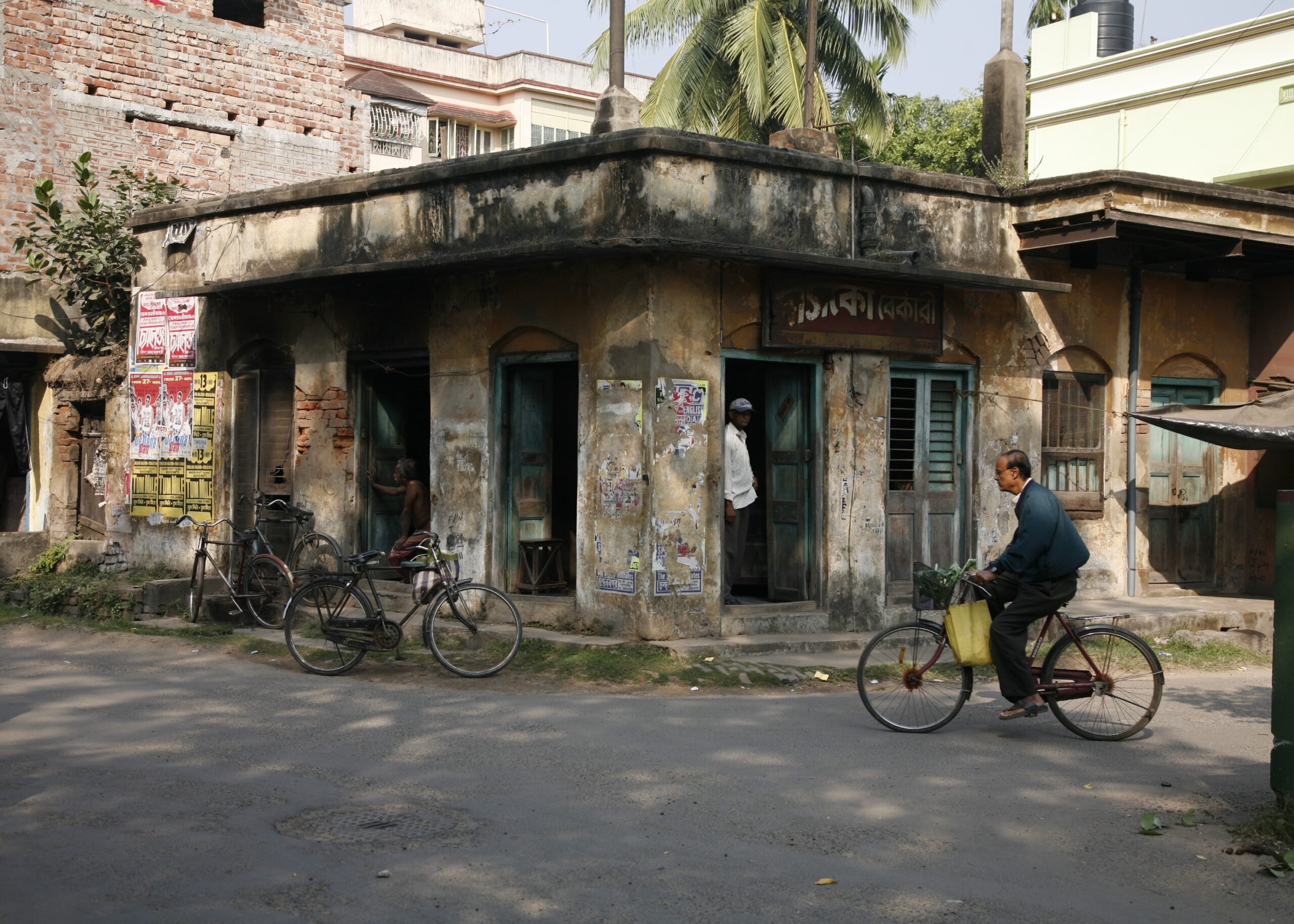 OLD FRENCH BAKERY
OLD FRENCH BAKERY
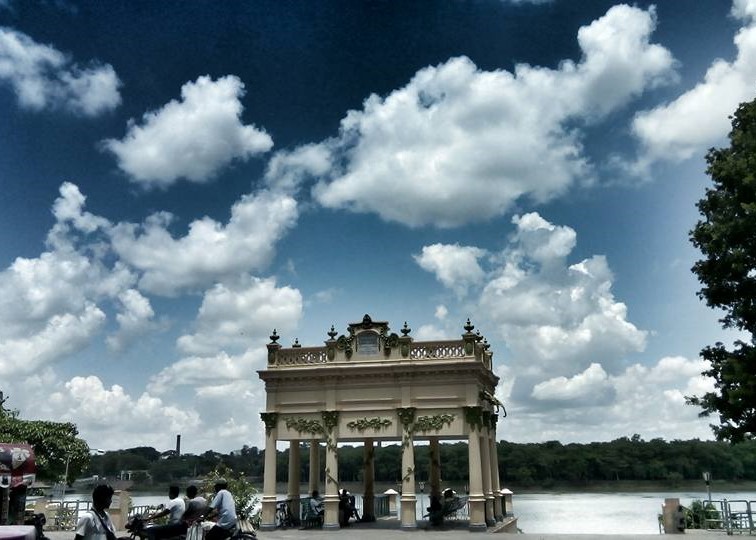 JORAGHAT
JORAGHAT
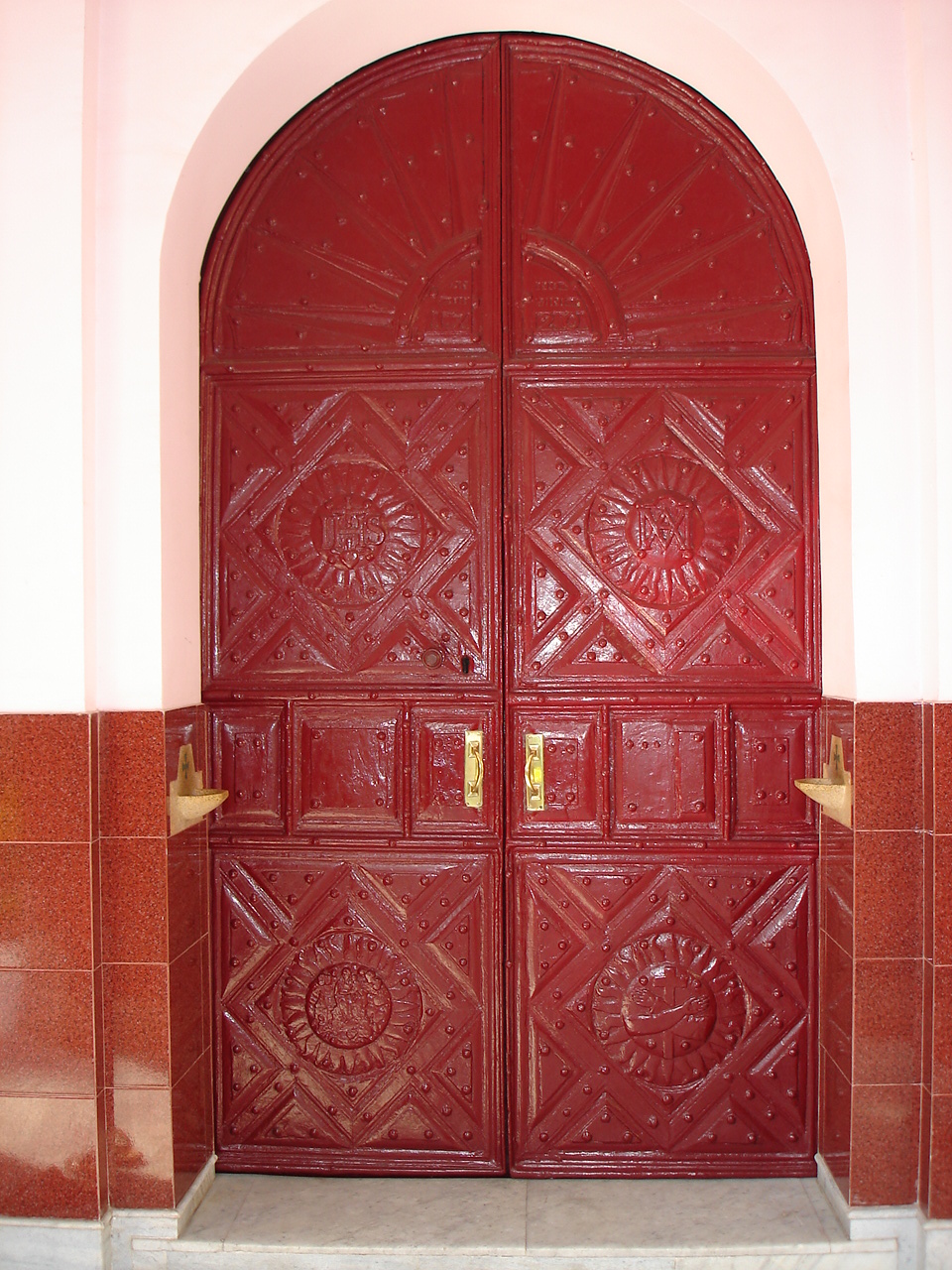 CHANDERNAGORE IMPORTANT PLACES 006
CHANDERNAGORE IMPORTANT PLACES 006
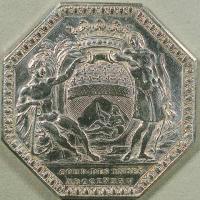 FRENCH EAST INDIA CO LOGO
FRENCH EAST INDIA CO LOGO
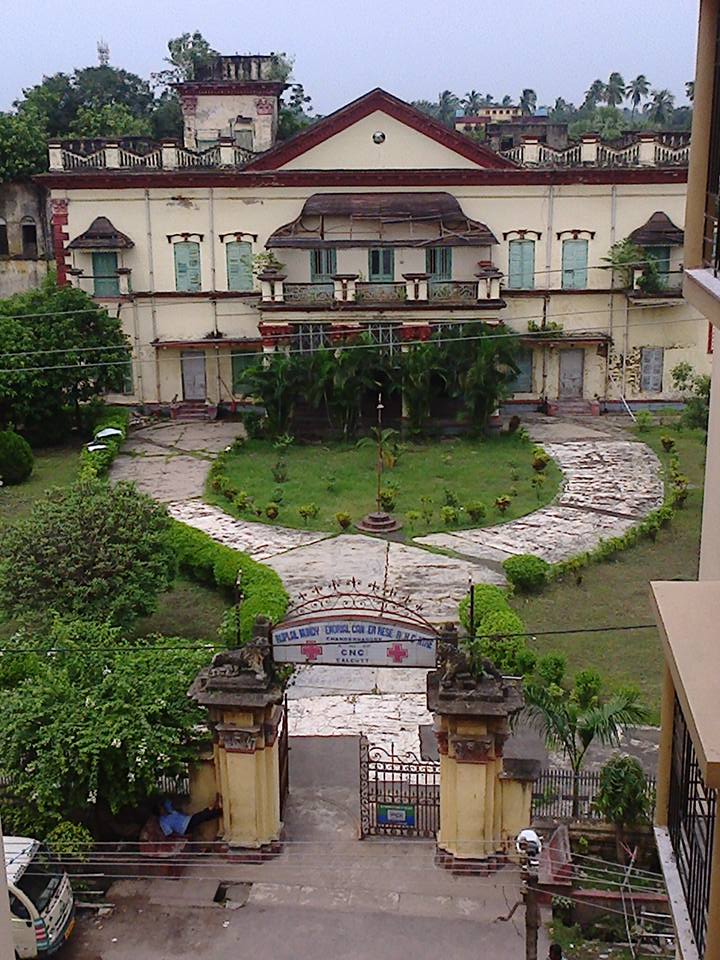 GALAKUTHI
GALAKUTHI
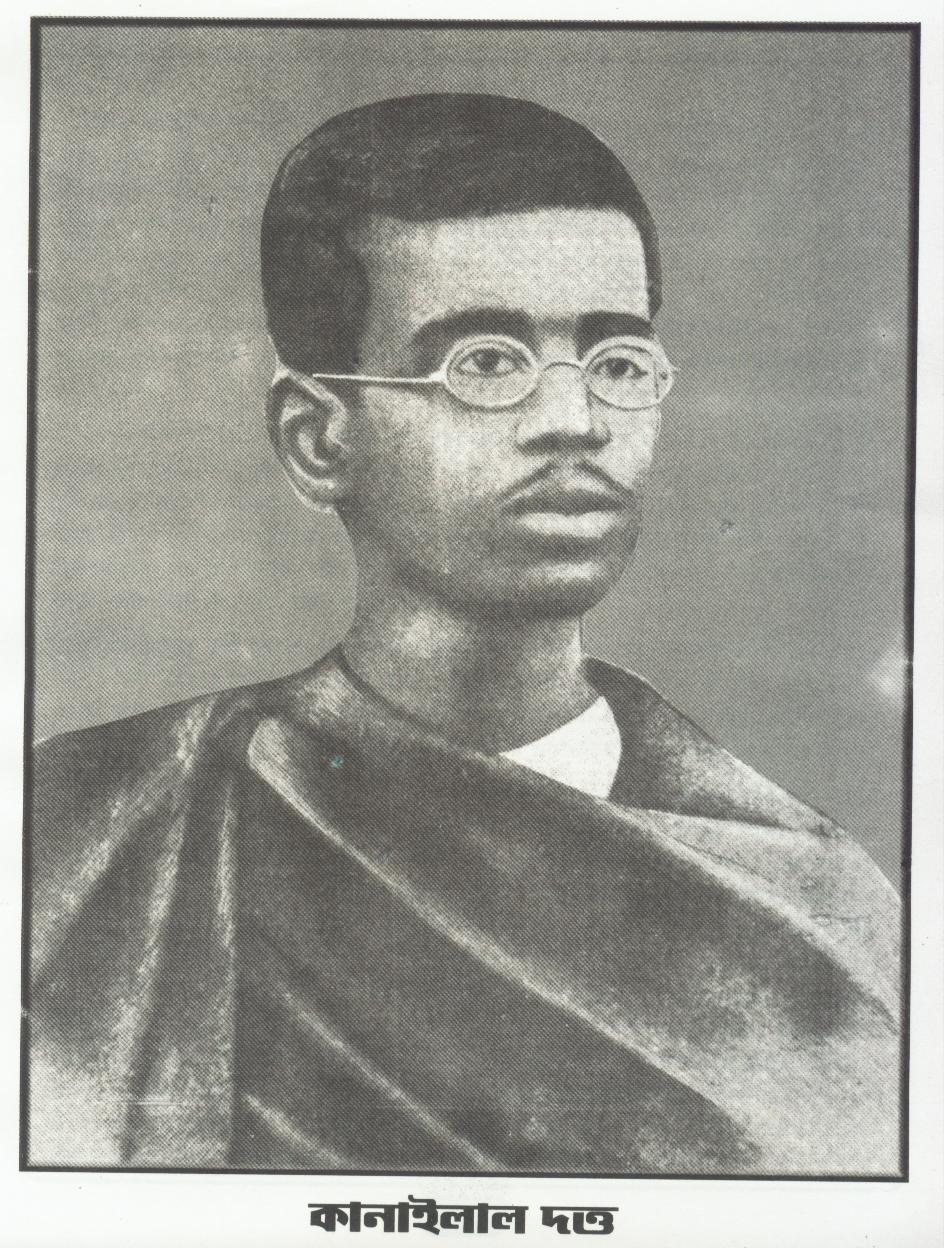 KANAIL DUTTA
KANAIL DUTTA
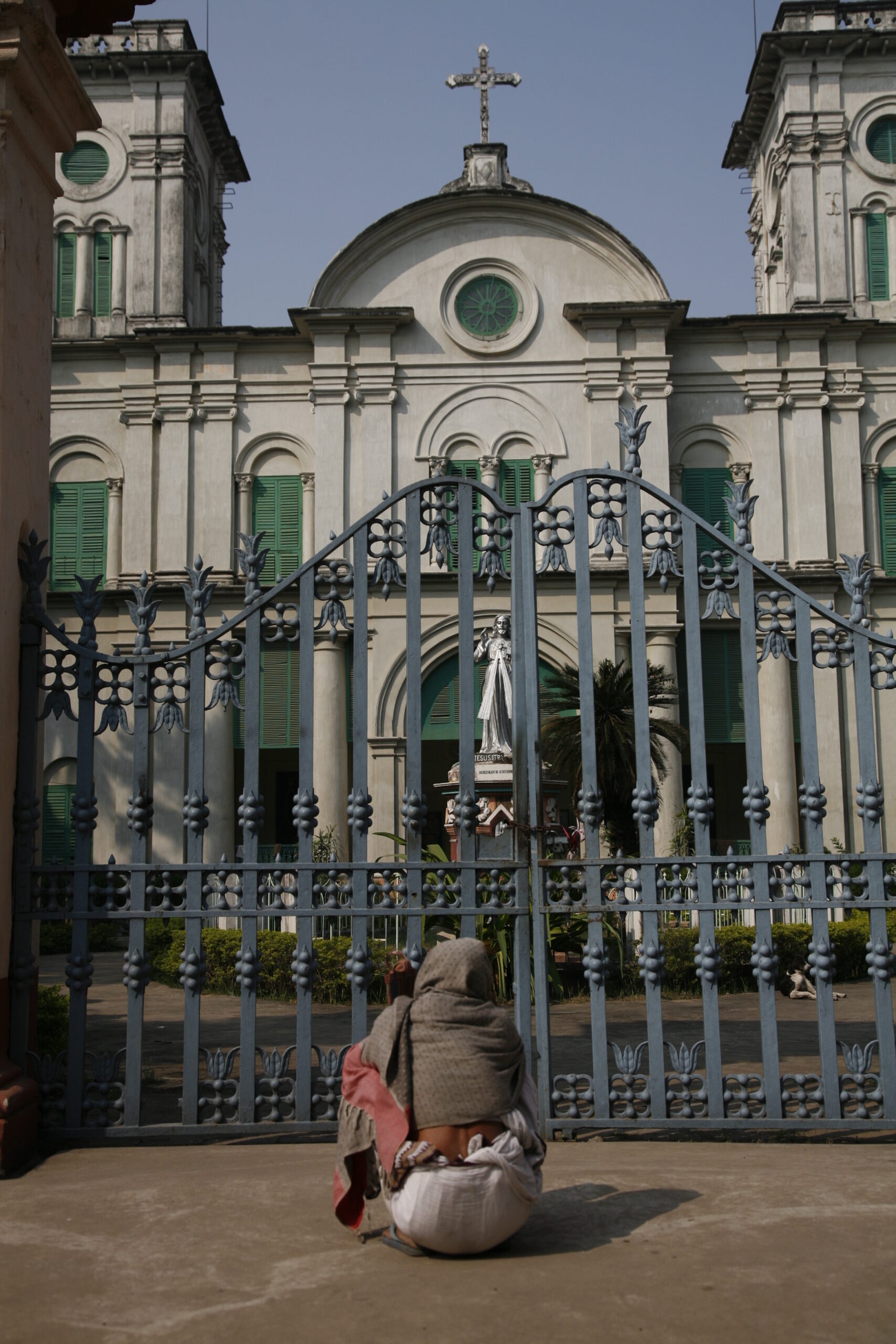 CHANDERNAGOR SAIBAL 117
CHANDERNAGOR SAIBAL 117
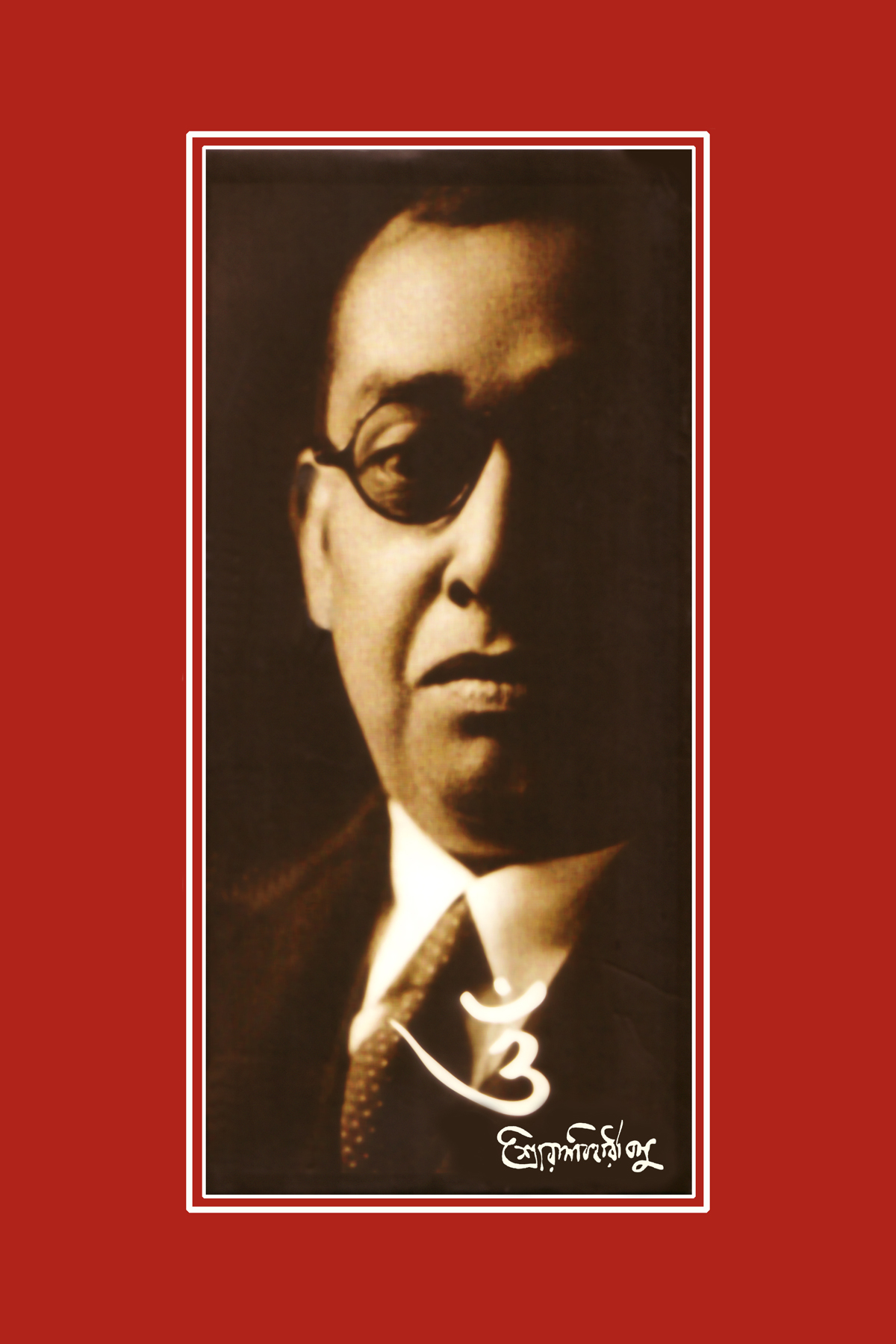 RASHBEHARI PRANAB 003
RASHBEHARI PRANAB 003
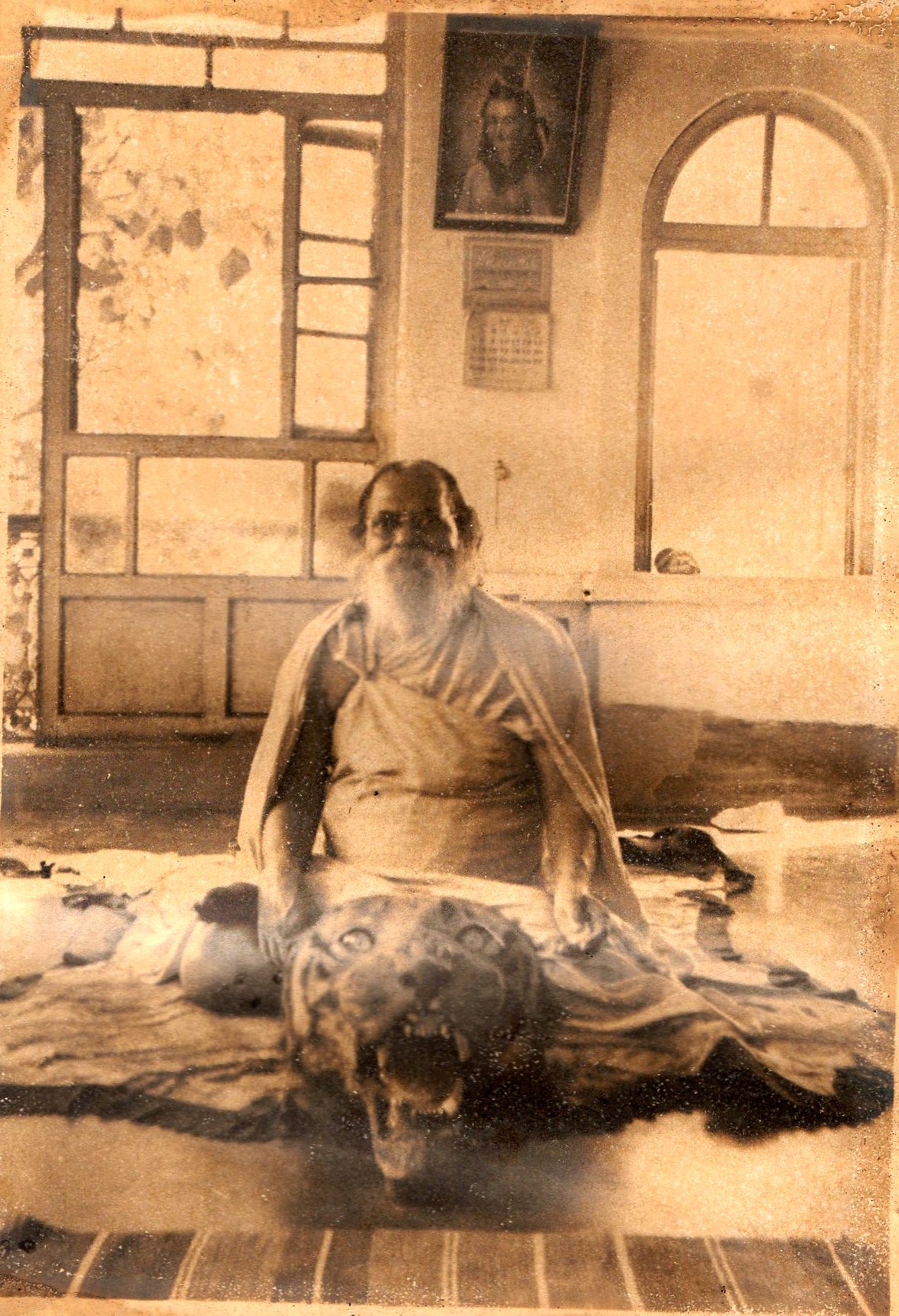 MOTILAL ROY
MOTILAL ROY
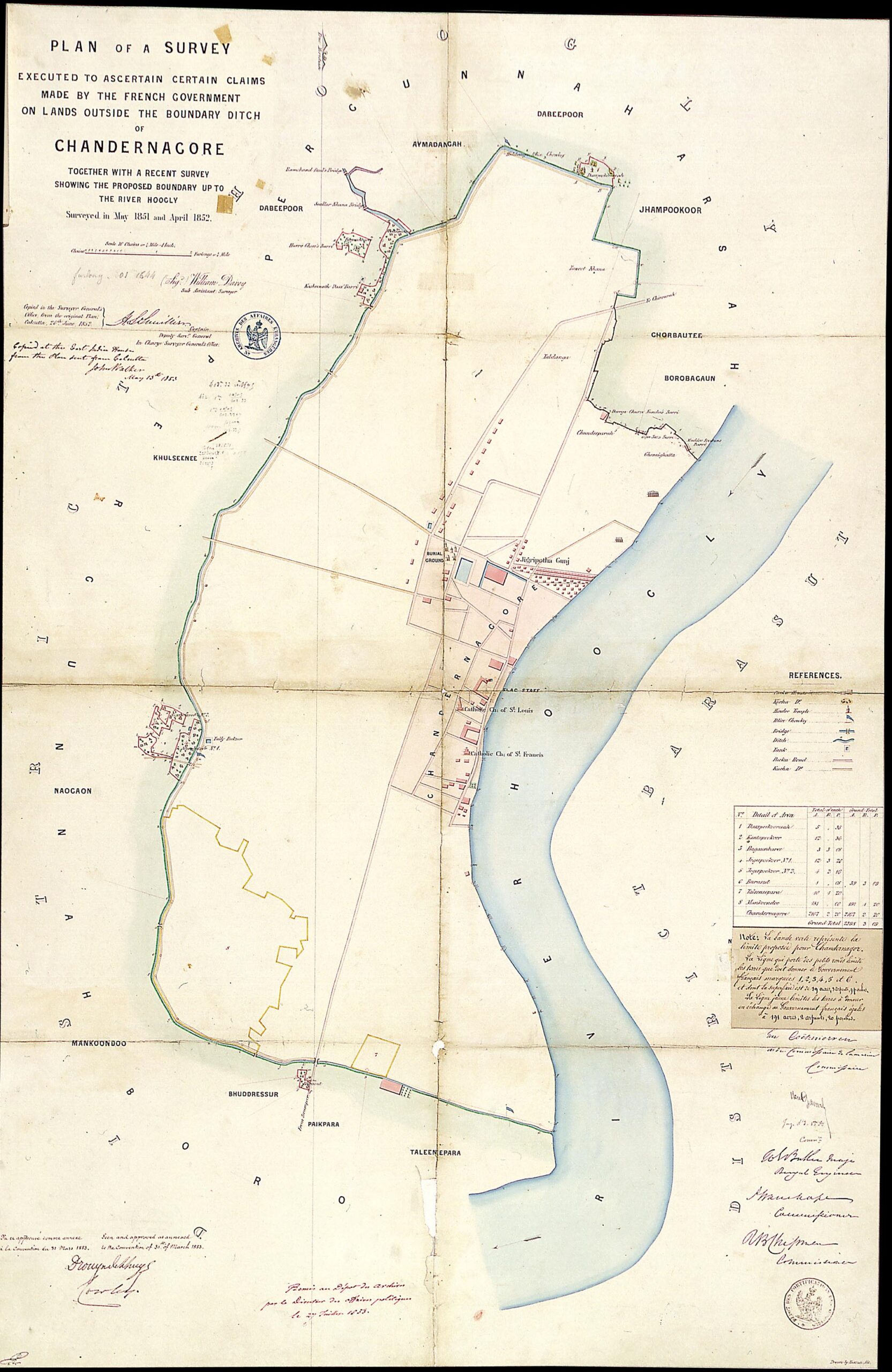 A3D011I0
A3D011I0
Timeless Charm of the Clock Tower
Standing tall at the heart of Chandannagar, the Clock Tower is a striking symbol of the town’s colonial past and architectural grace. Erected during the French era, this elegant structure reflects a blend of European design and local craftsmanship. Once used to keep time for the bustling river port and civic life, the tower has witnessed centuries of change, revolution, and cultural transformation. Its vintage dial and iron framework remain a silent observer of history, making it a beloved landmark for both residents and visitors. Today, the Clock Tower not only marks time but also preserves the timeless spirit of Chandannagar’s rich heritage.
Story Speaks from History
Guide Through Chandannagar
Navigating Chandannagar through its map offers a well-structured journey across its most iconic spots. Start at The Strand, a scenic promenade by the Hooghly River, then head north to visit the Clock Tower and the Sacred Heart Church, both architectural gems from the French era. Nearby, explore the Chandannagar Museum and Institut de Chandernagore, rich with colonial artifacts and local history. Continue south to locate the French Cemetery and the Dupleix Palace ruins. The map also highlights cultural hubs, riverside ghats, local eateries, and markets, guiding travelers smoothly through this historic town with precision and ease.
